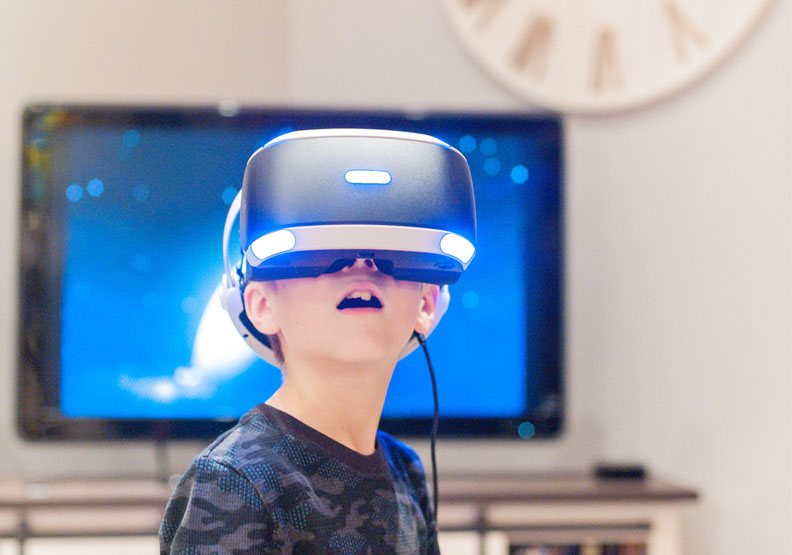AR technology applies virtual information in the real environment through computer technology and superimposes single or multiple virtual objects on the same screen in real-time to form a 3D image picture that can be experienced interactively, which brings users more real experience and feeling than other technologies. AR technology integrates a number of new technologies and new methods, and its main features are: first, the information integration between the real world and the virtual world; second, real-time interactivity; third, adding virtual positioning objects to the three-dimensional space.

Multimedia learning can be defined as a form of computer-aided instruction that uses two modalities concurrently. This means learning through the combined use of visuals (through pictures, animations, text, and videos) and audio (through narrated voiceover). The science has been well established that visual elements such as images are far more effective for learning compared to text alone(DeBell,2019).
AR technology can complement animation technology and play a huge role in the teaching field. For example, the 3D model building technology using three-dimensional animation can be imported into AR applications; dynamic 3D models can display knowledge points in all directions and three-dimensional vividly. These are more interesting than the simple three-dimensional model or two-dimensional plane animation. In the pre-production process of AR, the knowledge of the character or scene design in the early stage of animation can also be applied, so that the scene and character model presented by the AR program can be more easily accepted by users, and the interest and appreciation are greatly increased.
Bibliography:
DeBell, A. (2019, December 11). How to Use Mayer’s 12 Principles of Multimedia Learning. Water Bear Learning. http://waterbearlearning.com/mayers-principles-multimedia-learning/
Leave a Reply
You must be logged in to post a comment.